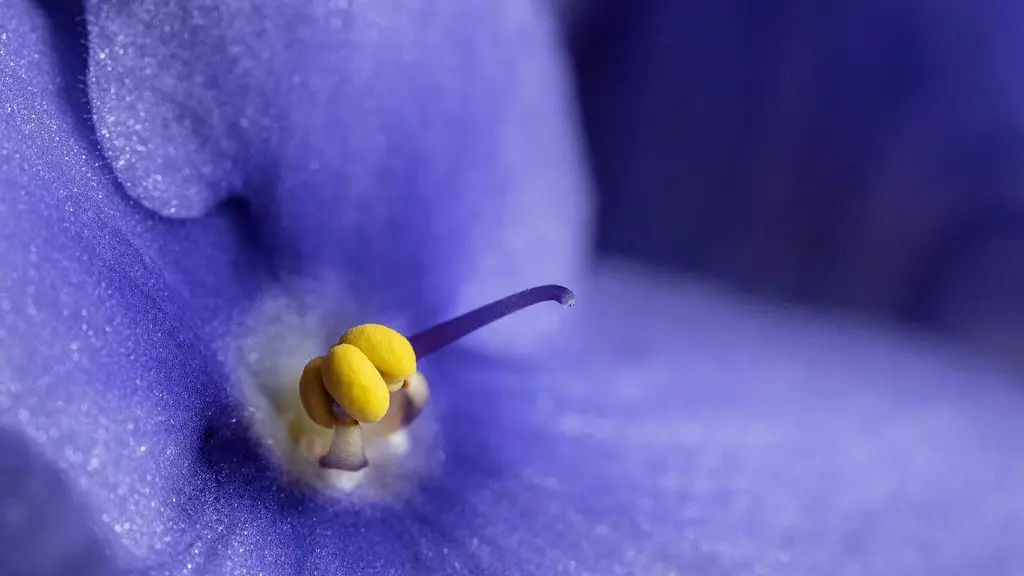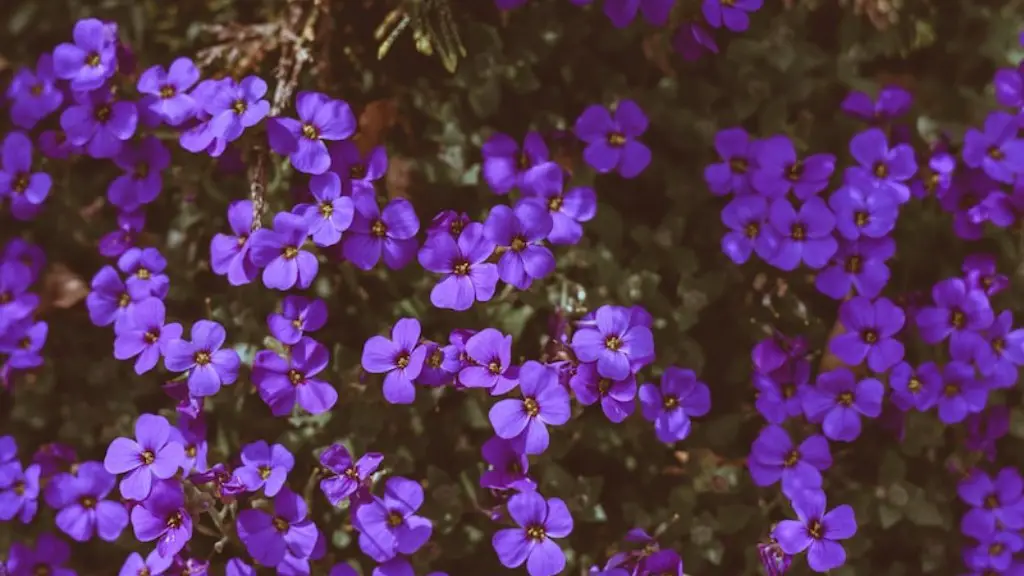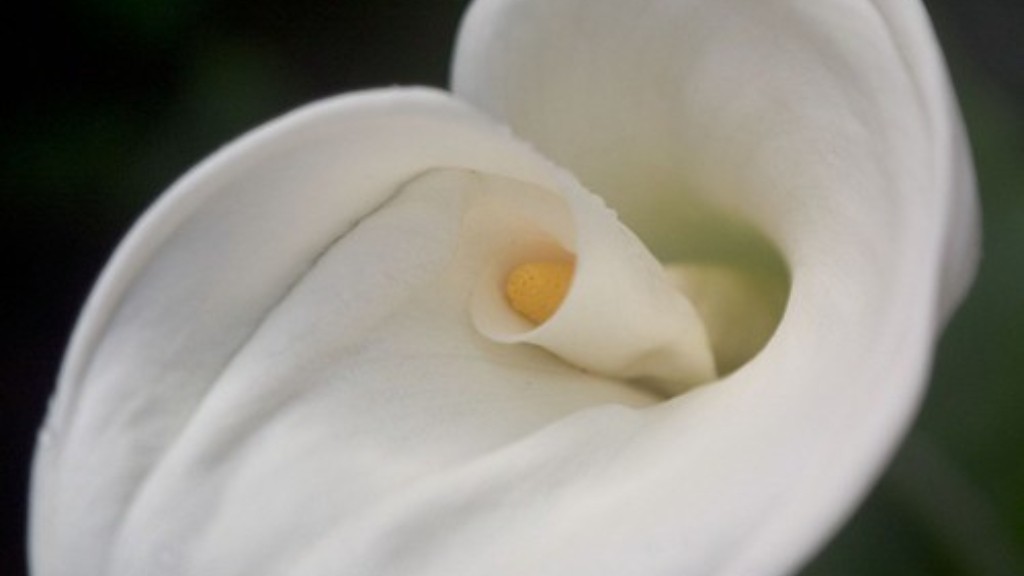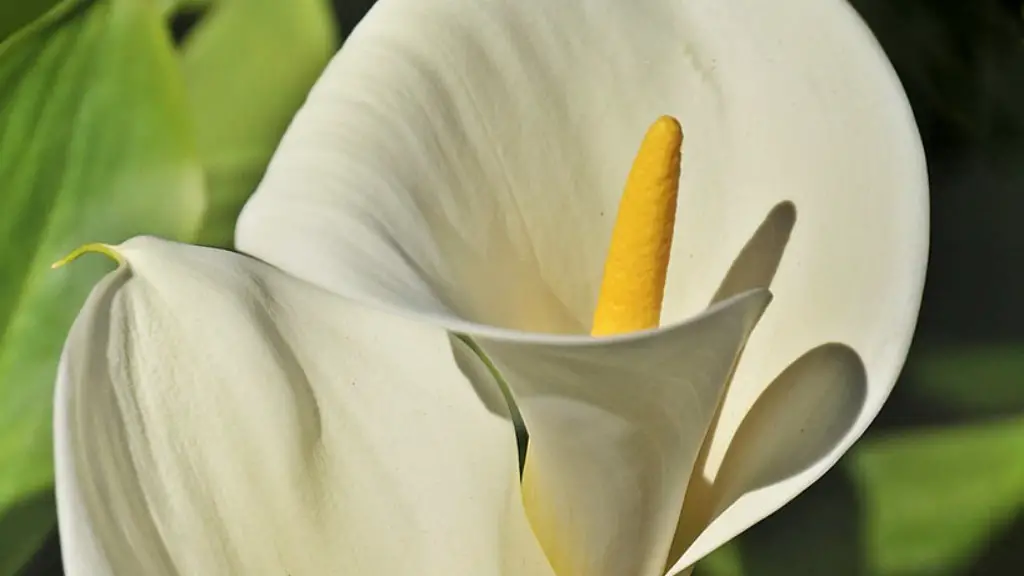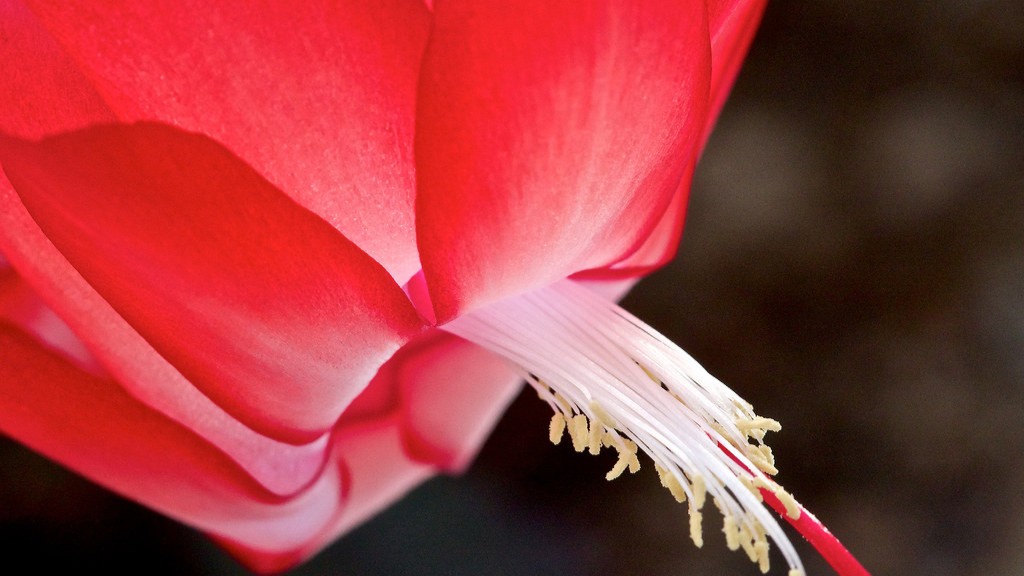If you are wondering how to water African violets, the process is actually quite simple. You will need to water the plants around once a week, using lukewarm water. It is important to avoid getting water on the leaves of the plant, as this can cause them to rot. When watering, allow the water to soak into the soil until it is evenly moistened. Be sure to empty any excess water from the saucer under the pot, as African violets can be sensitive to overwatering.
There is no one-size-fits-all answer to this question, as the watering needs of African violets can vary depending on the variety of plant, the size of the pot, the type of potting mix, the amount of light the plant receives, and the temperature and humidity of the growing environment. However, as a general rule of thumb, African violets should be watered when the soil is dry to the touch, and then allowed to drain thoroughly. When watering from above, be sure to avoid getting water on the leaves, as this can cause them to rot. If you are unsure whether or not your plant needs water, it is always better to err on the side of caution and wait a day or two before watering again.
Should African violets be watered from the bottom?
African violets are not picky about how they are watered, so either from the top or bottom is fine. Just be sure to use lukewarm or warm water, as cold water can shock the plant. If you water from the top, be careful not to get water on the leaves when the plant is in the sun; this is to avoid leaf spots.
A wicking system is a great way to water your African violets without having to worry about over watering them. All you need to do is set up a wicking system with a water reservoir and a wick that goes into the soil of the plant. The water will then be wicked up into the soil, keeping the plant moist. Only water the reservoir once a week and allow the plant to completely dry out between waterings.
Do African violets need direct sunlight
African violets need indirect sunlight in order to thrive. Direct sunlight can burn the leaves, so it’s best to choose a north- or east-facing window for best results. Keep plants away from cold glass and rotate the pot once a week so all leaves receive light. Extend daylight by placing African violets under a grow light during winter months.
If you’re not sure about the quality of your tap water, it’s best to err on the side of caution and use filtered or distilled water for your African violets. Chlorine levels can fluctuate depending on the season, and in some areas tap water may have high levels of chlorine, chloramines, or dissolved solids. All of these things can adversely affect your African violets, so it’s best to use filtered or distilled water if you’re not sure about the quality of your tap water.
Should I mist my African violets?
When watering your African violet, be sure not to mist the foliage as this can cause permanent leaf spotting. Use room temperature water and be careful not to saturate the crown of the plant as this can lead to crown rot.
When it comes to growing plants indoors, it is best to place them in bright, indirect light. This will help them to develop rich colors and blooms. A plant stand three feet away from a west- or south-facing window is an ideal location. Plants will still grow when situated right beside north- or east-facing windows, but leaves will be thin and spindly, and plants less likely to bloom.
What do Overwatered African violets look like?
If your African Violet plant has been over-watered, the soil will retain too much water This retention of water will cause the leaves and /or leaf stems to turn soft, limp or mushy. In order to prevent this from happening, be sure to water your African Violet plant only when the soil is dry to the touch.
It’s best to avoid using ice cubes to water African violets since the cold water can damage the plants. Room temperature water is best for keeping these delicate flowers healthy and vibrant.
How long should I let my African violet sit in water
If you water your African violet with water that is too cold, it may possibly shock the plant and cause it to die. It is therefore recommended that you let the water sit for a bit so that it is either tepid or at room temperature before giving it to your plant. It is best to let the water sit for 24-48 hours, but if you can’t, then at least let it stand for an hour.
African violets need to be slightly pot-bound in order to thrive, so it’s best to choose a pot that’s a little on the small side. A good rule of thumb is to get a pot that’s about 3-4 inches in diameter for a standard African violet plant.
How often do you feed African violets?
Fertilizing your African Violet is important to keep the plant healthy throughout the year. During the spring and summer, you should fertilize your African Violet once every 14 days. In the fall and winter, you shouldn’t fertilize the plant at all to prevent over-fertilizing.
Houseplants can brighten up a room and purify the air, but they need the right amount of sunlight to thrive. Too little sunlight will cause them to stretch for the light and produce few or no flowers. Too much sun can burn the leaves. An east-facing window is ideal, especially with a sheer curtain to block the sun’s harshest rays. They also need eight hours of darkness every night.
Can you water African violets with coffee
If you have plants that prefer more acidic soil, you may want to give them a weekly watering with coffee. African violets, impatiens, Norfolk Island pines, and Dieffenbachia are just a few examples of plants that seem to respond well to this type of watering. If you have phalaenopsis orchids, you may also want to give them a coffee watering once a week.
The African Violet is a beautiful and delicate plant that needs to be taken care of with care. The roots of the plant need aeration, so it is important to keep them watered, but not too wet. Watering from the bottom will help to keep the water out of the crown of the plant. African Violets like warmer water, around 70 degrees.
Why wont my African violets get wet?
Violets are highly susceptible to a number of deadly pathogens if their crown leaves have excessive moisture. These pathogens include Crown Rot and Pythium. Brown or yellow leaf spots, which are less serious but still alarming, can result from leaving water on the leaves.
African violets are a type of houseplant that is a littleDifferent than most other houseplants. They require different carein terms of potting, light, water, and temperature. However, onceyou master the key elements of their care, they make excellentplant companions that can last for years!
Final Words
To water African violets, use lukewarm water and water from the bottom of the pot. Allow the water to seep up through the pot and into the soil. Water until the soil is moistened and then let the excess water drain away.
The best way to water African violets is to use lukewarm water and to soak the soil until it is wet. Allow the African violet to drain for a few minutes before putting it back in its pot.
